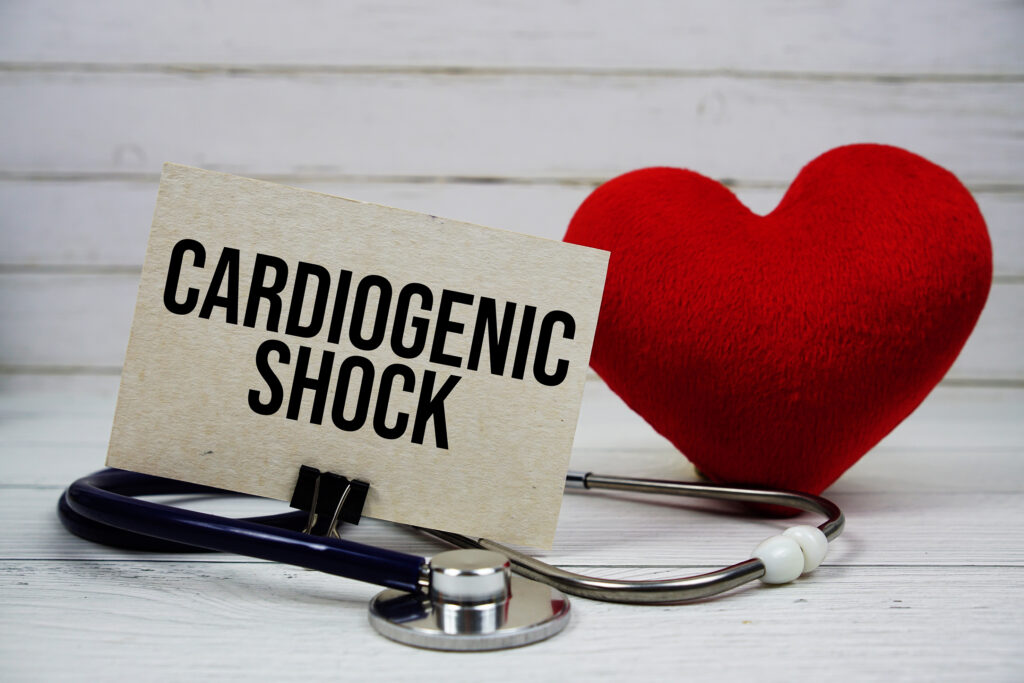Arq. Bras. Cardiol. 2025; 122(2): e20250080
In-Hospital Mortality in Patients Presenting Cardiogenic Shock After Myocardial Infarction: Does it Benefit Using an Intra-Aortic Balloon Pump?
This Short Editorial is referred by the Research article "In-Hospital Mortality Predictors in Patients with Acute Myocardial Infarction and Cardiogenic Shock Using Intra-Aortic Balloon Pump".
Cardiogenic shock (CS) represents a severe clinical syndrome characterized by systemic hypoperfusion and insufficient cardiac output due to primary cardiac dysfunction. Its mortality often exceeds 40%, of cases, being a highly complex cardiological condition. The etiology is multifactorial, with acute myocardial infarction (AMI) being the predominant cause, responsible for around 30% of cases. Other relevant conditions include acute decompensation of chronic heart failure and cases of acute myocardial dysfunction without a previous history of heart failure, as observed in myocarditis.
The management of post-AMI CS requires a comprehensive approach, which combines early revascularization and hemodynamic support.– In this context, devices such as the intra-aortic balloon pump (IABP) have their role due to their ability to increase diastolic pressure in the aorta and reduce left ventricular afterload. These physiological effects result in improved coronary perfusion and reduced myocardial oxygen consumption.
[…]
320

